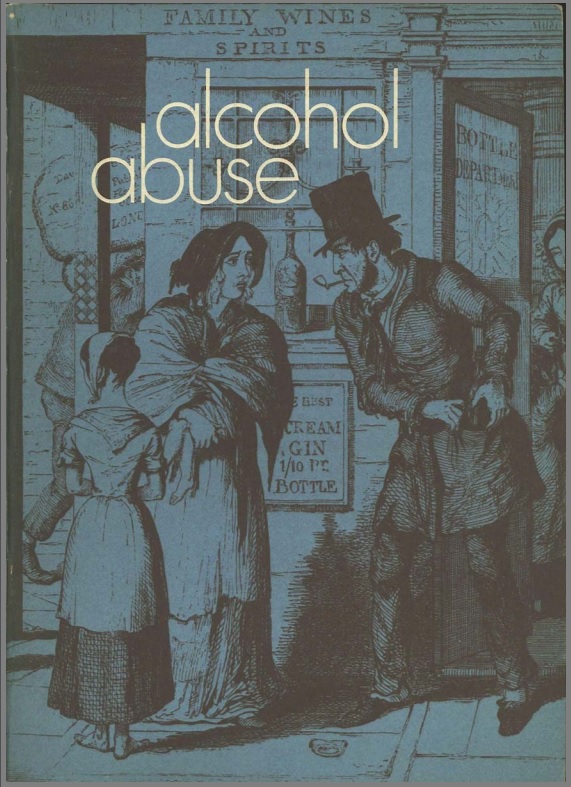Alcoholism has been a problem for many hundreds of years although the word itself is comparatively modem. Like schizophrenia it has, at various times, been described…
Alcoholism has been a problem for many hundreds of years although the word itself is comparatively modem. Like schizophrenia it has, at various times, been described as a sin, a social problem, a disease and an emotional disturbance. Until recently it stood largely…
Alcoholism has been a problem for many hundreds of years although the word itself is comparatively modem. Like schizophrenia it has, at various times, been described as a sin, a social problem, a disease and an emotional disturbance. Until recently it stood largely outside the field of public health. Alcoholism has been defined in terms of alcohol’s adverse effects on the drinker, his family or society; in terms of getting drunk; in terms of the compulsive nature of drinking and, finally, in terms of specific recognisable physical or psychological symptoms. It has been used to describe a symptom of an underlying psychopathological condition or a psychological illness in its own right. This lack of firm definition has been a stumbling-block to understanding and progress.
The development from normal social drinking through excessive drinking and alcohol dependence to chronic alcoholism is a continuous process although only a small proportion of drinkers progress through all the steps. The definition of alcoholism is thus complicated by the difficulty of isolating, in an individual, one stage from the next. It is also complicated by not knowing whether or not the disease will progress in an individual who is on the border between, say, excessive drinking and alcohol dependence.
